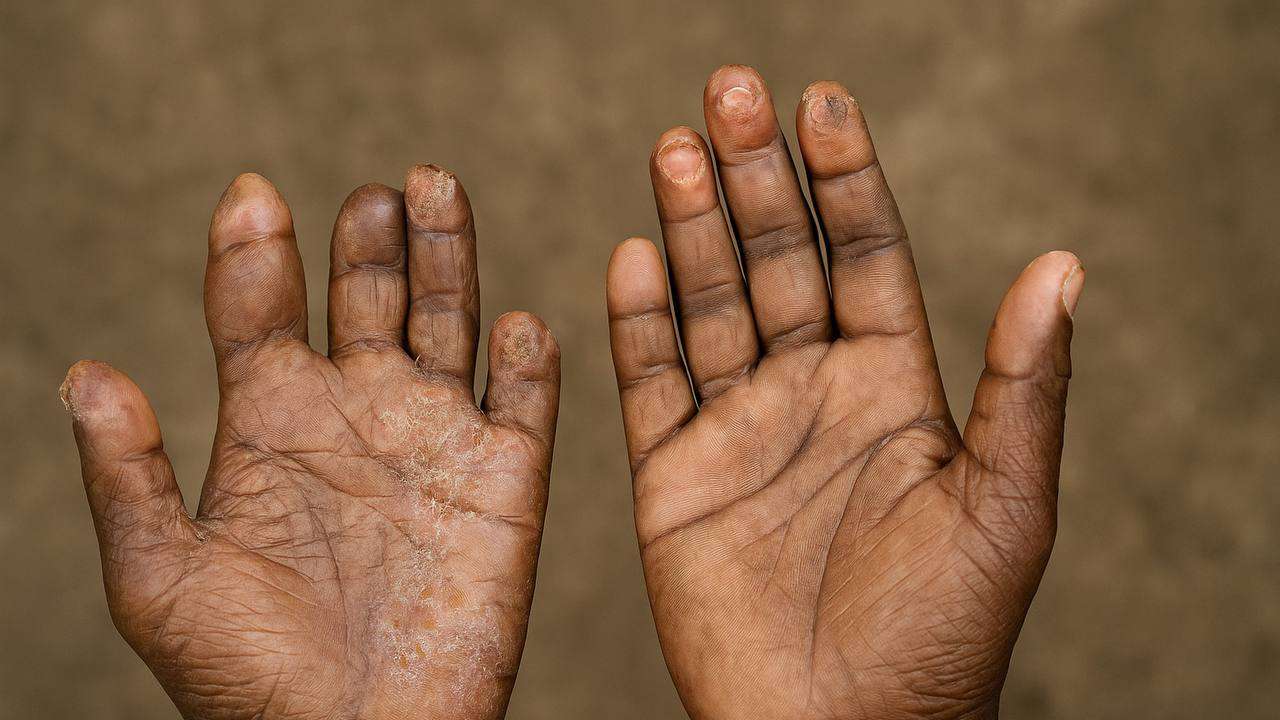Are countries still struggling with leprosy?

Once feared as a curse and now known as Hansen disease, leprosy remains a persistent global health threat still affecting nearly 200,000 people each year across more than 120 countries, despite being one of humanity’s oldest disease.
While curable with modern treatments, the chronic bacterial infection continues to cause disability and stigma, particularly in regions grappling with poverty and limited healthcare access.
What it is
Leprosy is a chronic infectious disease caused by Mycobacterium leprae, a slow-growing bacterium that primarily targets the skin, peripheral nerves, upper respiratory tract, and eyes.
Symptoms include pale or reddish skin patches with loss of sensation, thickened nerves, and muscle weakness.
If untreated, it can lead to permanent disabilities, such as deformed hands, feet, or blindness.
Beyond physical effects, leprosy carries a heavy social burden, with affected individuals often facing discrimination and exclusion.
“The stigma can be as debilitating as the disease itself,” says Dr. Erwin Cooreman of the World Health Organization (WHO), which has prioritised eliminating leprosy’s social and medical impacts.
Causes
Leprosy spreads through prolonged, close contact with an untreated infected person through respiratory droplets from the nose or mouth.
It is not transmitted through casual interactions like handshakes, hugs, or shared meals.
The bacterium’s slow replication, taking up to 20 years to manifest symptoms, makes early detection challenging.
Risk factors include malnutrition, poverty, and poor sanitation, which weaken immune responses.
“Where living conditions improve, leprosy tends to vanish within a generation or two,” notes Dr. Paul Saunderson of the American Leprosy Missions, highlighting the link between socio-economic factors and disease prevalence.
History
Leprosy’s history stretches back over 4,000 years, with evidence found in ancient Egyptian skeletons and texts from India and China.
Once widespread, including in medieval Europe, it was feared and misunderstood, leading to the isolation of sufferers in leper colonies.
In Europe, improved nutrition and hygiene largely eradicated the disease by the 19th century, but it persisted in poorer regions.
The introduction of multidrug therapy (MDT) in the 1980s, combining dapsone, rifampicin, and clofazimine, marked a turning point, curing millions and reducing global cases dramatically. “MDT was a game-changer,” says Saunderson.
“It turned a lifelong sentence into a treatable condition.”
Today’s fight against leprosy
Today, leprosy is reported in all six WHO regions, with South-East Asia accounting for the majority of cases.
In 2023, India, Brazil, and Indonesia each reported over 10,000 new cases, while 12 other countries including Bangladesh, Ethiopia, and Nigeria reported 1,000–10,000, per the WHO’s Weekly Epidemiological Record.
Globally, the disease was declared eliminated as a public health problem in 2000 (prevalence below 1 per 10,000 population), but progress has since plateaued.
Egypt aims to eliminate leprosy by 2030 through the launch of its national strategy, which aligns with top international healthcare standards. Counselor Mohamed El-Homsany, spokesperson for the Cabinet, revealed the initiative’s medical, psychological, and social dimensions in an interview.
The strategy includes free, comprehensive care, insurance pensions, and social reintegration programs. As part of reducing stigma, the government plans to rename leprosy clinics as “specialised dermatology clinics.”
Egypt is confident in achieving its goal, building on past successes like the eradication of hepatitis C and malaria.
Disclaimer: The image for the article was AI-generated
This story is written and edited by the Global South World team, you can contact us here.